Semantics - intro + rules
1/21
There's no tags or description
Looks like no tags are added yet.
Name | Mastery | Learn | Test | Matching | Spaced |
|---|
No study sessions yet.
22 Terms
What is semantics
a subfield of linguistics
Linguistics - a formal study of Language, the human capacity
Language
refers to all languages (capital l)
Aspects of language: compositionally, recursively, displacement
Displacement - you can move words around and get the same meaning - scrambling
you can also talk about ideas that are not here right now, ex: talking ab what you did yesterday
Semantics is the formal study of how
Humans understand each other through language
What does it mean to understand something
Validity - if its true in our world
Goal - come up with a formal way to represent meaning
coding system understood across all languages - ipa of semantics
We use sentences to describe worlds
Worlds have specific characteristics and things that are true within them
Ex of worlds
where New Brunswick was in MA
where Dorothy allowed the nickname “Dot”
where our class was located somewhere else
Instead of worlds we use
models
(we will use ‘model’ and ‘world’ somewhat interchangeably)
models
simplified representation of a state of affairs.
contains all of the relevant entities, properties, and relations
A model has
a set of entities
specification of their properties
specification of relations
Ex:
RJ, scarf
giraffe, green
wears
Less fine-grained than words

Knowing the meaning of a sentence means
knowing its truth conditions
what worlds it is true in
Meaning = truth condition examples
RJ is wearing a green scarf = {w 1 , w 2 , w 3 , ...}
a set containing w 1 , w 2 , w 3 (and more)
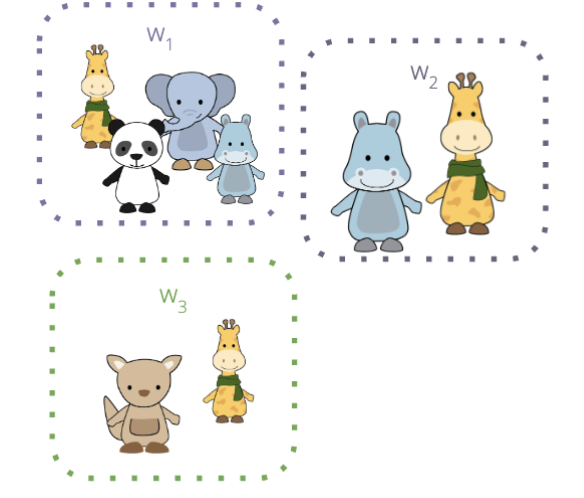
RJ has a green scarf
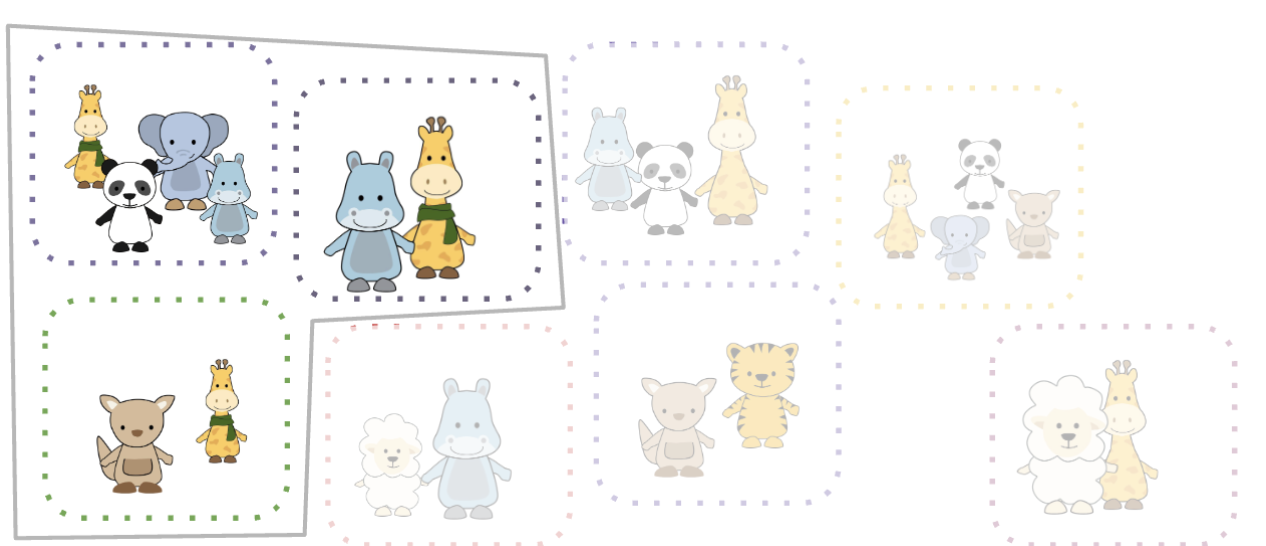
How would you represent “Po is blue”?
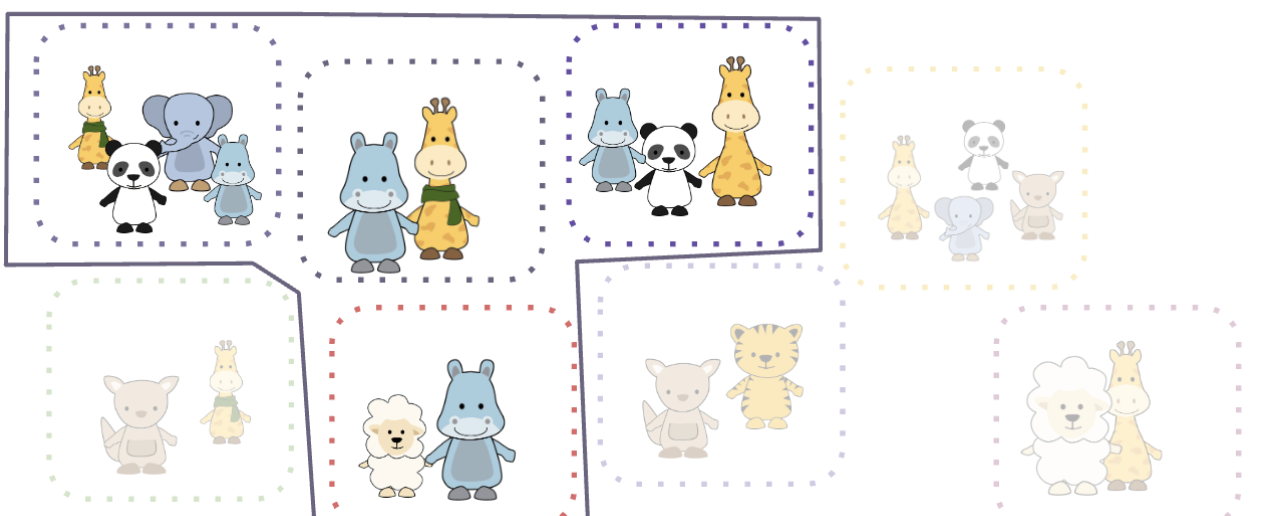
RJ has a green scarf and Po is blue.
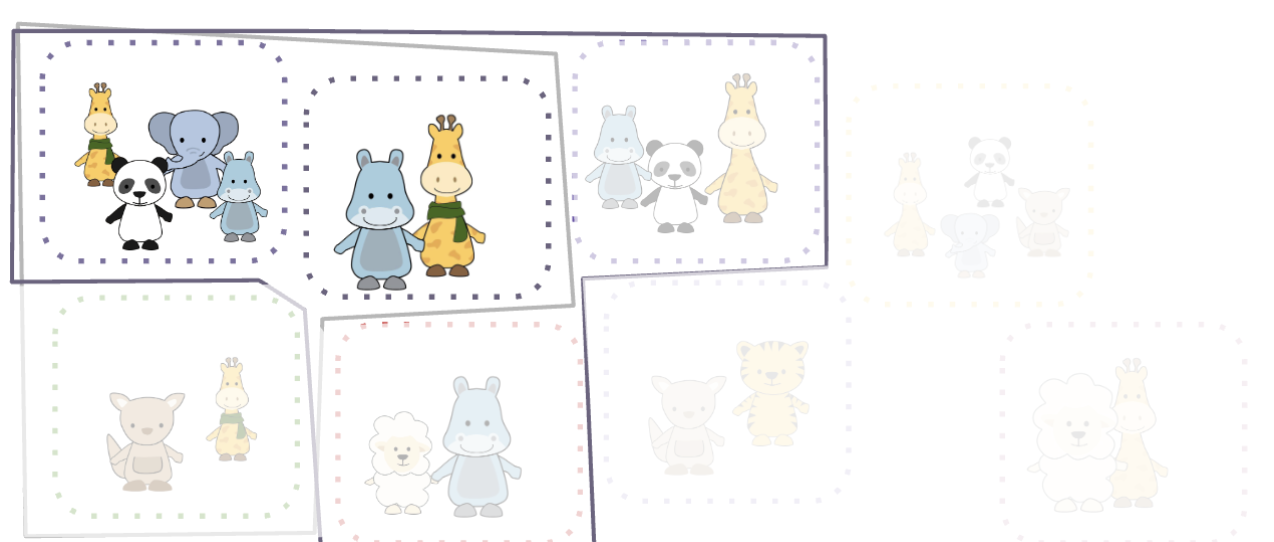
RJ has a green scarf or Po is blue.
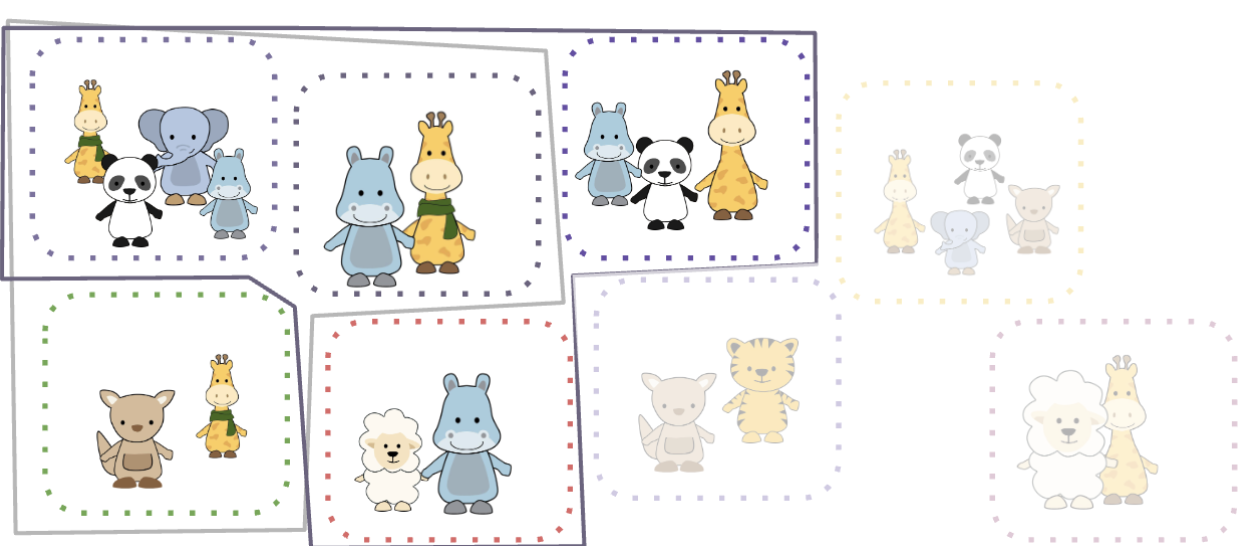
RJ doesn’t have a green scarf.
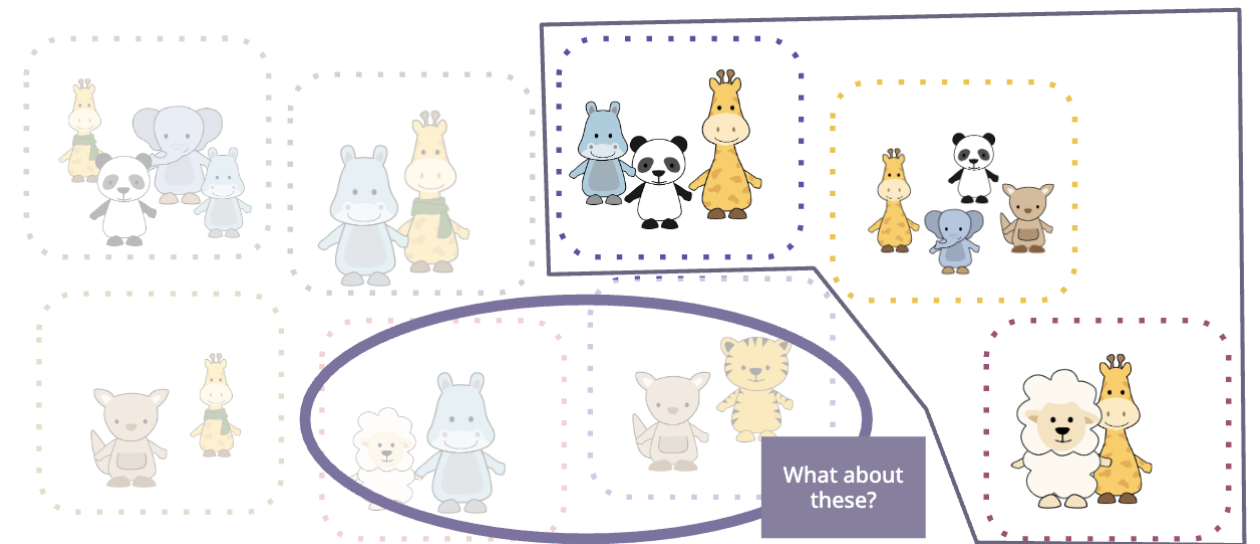
If p and q are sentences:
- “p and q” is true in the worlds in which p is true and q is true
- “p or q” is true in the worlds in which at least one of p or q is true
- “not p” is true in the worlds in which p is not true
(but has all the relevant entities in the domain!)
We will treat sentences as representing propositions
Proposition- a claim that can be true or false
Proposition
a claim that can be true or false
A sentence represents a
proposition (a claim about the world that can be true or false),
knowing the meaning of a sentence is knowing its
truth conditions
Often, knowing just the truth conditions does not suffice. We must also know the different ————- a sentence makes
inferences